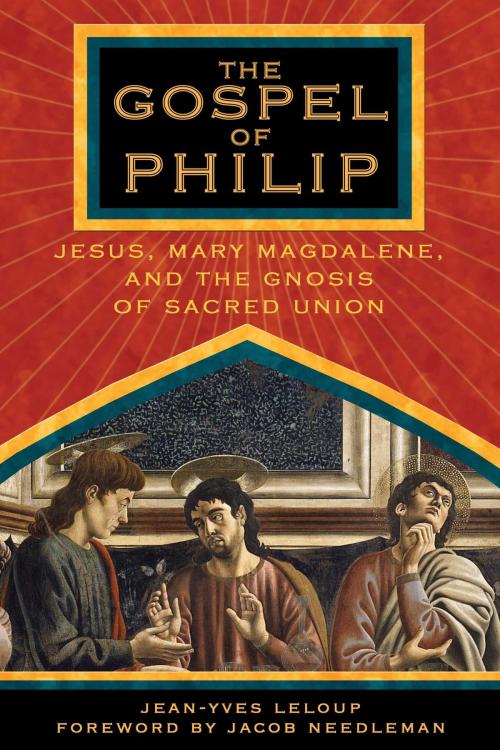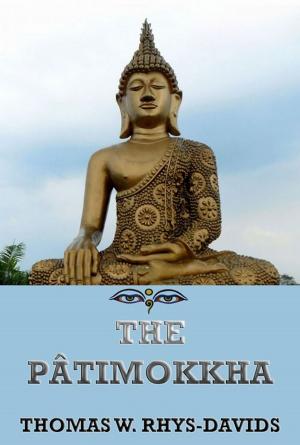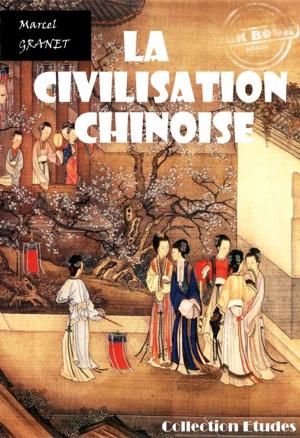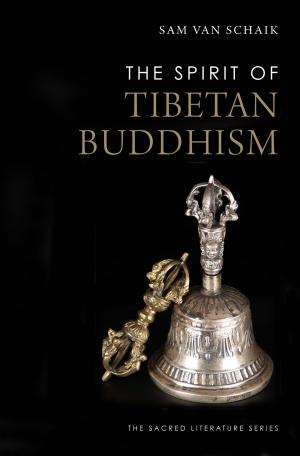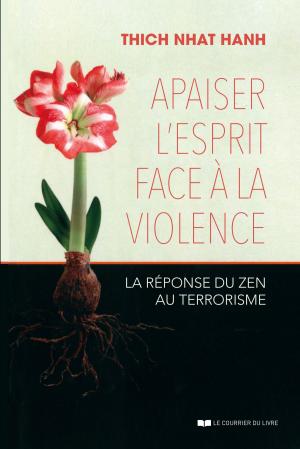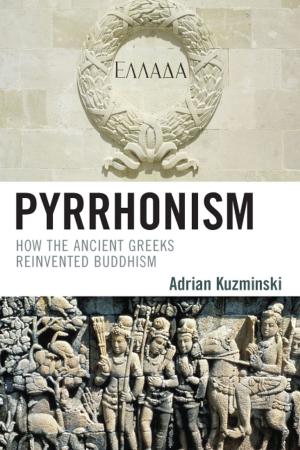The Gospel of Philip
Jesus, Mary Magdalene, and the Gnosis of Sacred Union
Nonfiction, Religion & Spirituality, Inspiration & Meditation, Mysticism, New Age, Eastern Religions, Buddhism| Author: | Jean-Yves Leloup | ISBN: | 9781594776403 |
| Publisher: | Inner Traditions/Bear & Company | Publication: | August 16, 2004 |
| Imprint: | Inner Traditions | Language: | English |
| Author: | Jean-Yves Leloup |
| ISBN: | 9781594776403 |
| Publisher: | Inner Traditions/Bear & Company |
| Publication: | August 16, 2004 |
| Imprint: | Inner Traditions |
| Language: | English |
A new translation and analysis of one of the most controversial of the apocryphal gospels
• Emphasizes an initiatic marriage between the male and female principles as the heart of the Christian mystery
• Bears witness to the physical relationship shared by Jesus and Mary Magdalene
• Translated from the Coptic and analyzed by the author of the bestselling The Gospel of Mary Magdalene (over 90,000 sold
The mainstream position of the Christian church on sexuality was perhaps best summed up by Pope Innocent III (1160-1216) when he stated that “the sexual act is so shameful that it is intrinsically evil.” Another Christian theologian maintained that the “Holy Ghost is absent from the room shared by a wedded couple.” What Philip records in his gospel is that Christ said precisely the opposite: The nuptial chamber is in fact the holy of holies. For Philip the holy trinity includes the feminine presence. God is the Father, the Holy Ghost is the Mother, and Jesus is the Son. Neither man nor woman alone is created in the image of God. It is only in their relationship with one another--the sacred embrace in which they share the divine breath--that they resemble God.
The Gospel of Philip is best known for its portrayal of the physical relationship shared by Jesus and his most beloved disciple, Mary of Magdala. Because it ran counter to the direction of the Church, which condemned the “works of the flesh,” Philip’s gospel was suppressed and lost until rediscovered at Nag Hammadi in 1947. Orthodox theologian Jean-Yves Leloup’s translation from the Coptic and his analysis of this gospel are presented here for the first time in English. What emerges from this important source text is a restoration of the sacred initiatic union between the male and female principles that was once at the heart of Christianity’s sacred mystery.
A new translation and analysis of one of the most controversial of the apocryphal gospels
• Emphasizes an initiatic marriage between the male and female principles as the heart of the Christian mystery
• Bears witness to the physical relationship shared by Jesus and Mary Magdalene
• Translated from the Coptic and analyzed by the author of the bestselling The Gospel of Mary Magdalene (over 90,000 sold
The mainstream position of the Christian church on sexuality was perhaps best summed up by Pope Innocent III (1160-1216) when he stated that “the sexual act is so shameful that it is intrinsically evil.” Another Christian theologian maintained that the “Holy Ghost is absent from the room shared by a wedded couple.” What Philip records in his gospel is that Christ said precisely the opposite: The nuptial chamber is in fact the holy of holies. For Philip the holy trinity includes the feminine presence. God is the Father, the Holy Ghost is the Mother, and Jesus is the Son. Neither man nor woman alone is created in the image of God. It is only in their relationship with one another--the sacred embrace in which they share the divine breath--that they resemble God.
The Gospel of Philip is best known for its portrayal of the physical relationship shared by Jesus and his most beloved disciple, Mary of Magdala. Because it ran counter to the direction of the Church, which condemned the “works of the flesh,” Philip’s gospel was suppressed and lost until rediscovered at Nag Hammadi in 1947. Orthodox theologian Jean-Yves Leloup’s translation from the Coptic and his analysis of this gospel are presented here for the first time in English. What emerges from this important source text is a restoration of the sacred initiatic union between the male and female principles that was once at the heart of Christianity’s sacred mystery.
